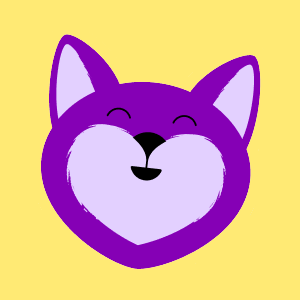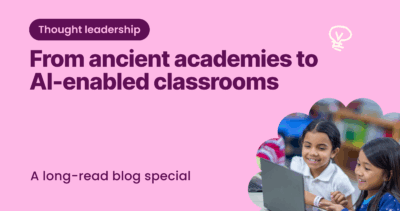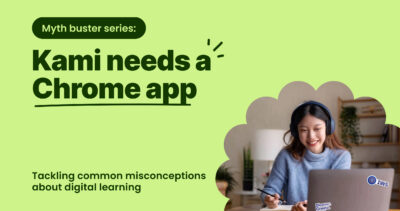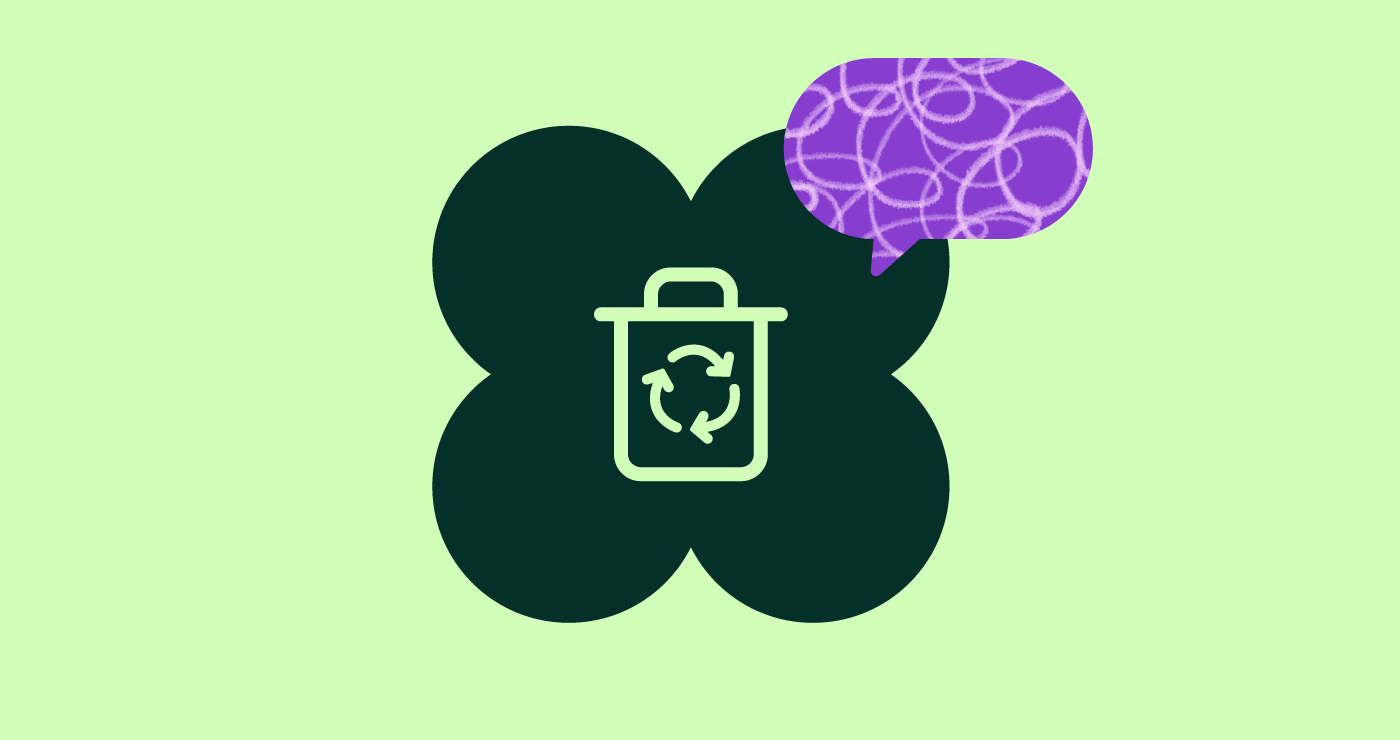
Shirin Bradfield
Why not establish good sustainable practices to celebrate Earth Day 2024 (April 22)? One way to do this is to create a recycling lesson plan for young children. We’ve already put together some ideas for learning to love our environment in celebration of Earth Day. Hopefully, the lesson plan below will help inspire preschool kids to minimize the amount of waste they and their families produce and to stop sending so much stuff to landfills.
What can you teach your students?
After the lesson plan, your students will be able to do the following:
- Sort recyclables into categories
- Recognize that everyone contributes
- Learn to reduce what’s sent to landfill
Why should you recycle?
- Recycling protects our valuable planet
- Recycling saves energy
- Recycling saves clean air and clean water
- Recycling saves landfill space
- Recycling can save money and create jobs
- Recycling can help protect animals
Learning what can and cannot be recycled
Learning what can be recycled is essential to living more sustainably. As you have learned here, the key to reducing emissions is the 5 Rs: refuse, reduce, rot, reuse, and recycle. It’s essential to reduce the amount of waste we produce daily, but where that’s impossible, we must recycle. The importance of recycling cannot be underestimated.
This helpful guide will tell you what can be recycled in your area. To start, you could play this recycling game for kindergarteners to help them understand what items can be recycled.
Recycling Activities
Step 1
All items that can be recycled will have the recycle symbol (sometimes called the Möbius loop). Give the students some hands-on experience and ask them to look for the recycle symbol on the following items. Turn this into a recycling game by piling together some items made from recycled materials, some recyclable products, and some not. Ask the kids to pick one by one which items can be recycled. Once you have two piles of recyclable and non-recyclable items, ensure the kids know the following everyday items.
Paper: egg cartons, newspapers, and magazines
Glass: jars, bottles
Plastic: plastic bottles, water bottles, and some food packaging
Metal: aluminum cans, brass, and steel items
Step 2
Next, could you use your recycling bins and ask the kids to add the recyclable items to the correct bins? Now that all your recyclable items are in one pile ask the kids to separate them into their recycling bins.
Step 3
Do a trash clear-up as a field trip. Go outside to an area and clean upthe trash. The kids will see how important it is not to litter; it’s terrible for the environment and makes their mess someone else’s problem. Put all the trash in the trash can and all the recyclable items in your recycling bins.
Step 4
Teach your kids how to make less trash. Break them into small groups and ask them to answer the following questions:
- Let students know you will look at the items and determine how they can make less trash to help save natural resources and landfill space.
- Hold up various items from the kit. Ask students what they can do with each item they hold up, such as a newspaper, instead of throwing it in the trash. They can recycle or reuse the newspaper. By doing this, they will help make less trash (save landfill space) and save natural resources.
- You can replace newspapers with any recyclable item and show them how doing so will produce less trash and save natural resources.
- Buy only what you will need and use. This is a great way to make less trash.
- Ask them what happens if they buy too much milk and don’t drink it all. It might go bad before you could drink it, and then you would have to throw the milk away. Even if you recycle the milk jug, the milk is still wasted. It’s important to remember that not just the packaging contributes to emissions.
- Use reusable items instead of disposable single-use items such as plastic bags, paper towels, and straws. Or, if they cannot be recycled, check out this guide for activity ideas of how you might reuse some items for art projects.
- Donate unused items.
Final Thoughts
With the above ideas, you have an excellent basis for teaching pre-k and preschool kids about the importance of living sustainably and recycling. The kids will enjoy learning how to contribute positively to our natural world. Having recycling bins and doing this at school is an outstanding behavior for young children to learn. It’s vital to inspire the younger generations to care about our planet and how they can help protect the world for future generations.
You may also like

From ancient academies to AI-enabled classrooms

Improving AI literacy in American schools

